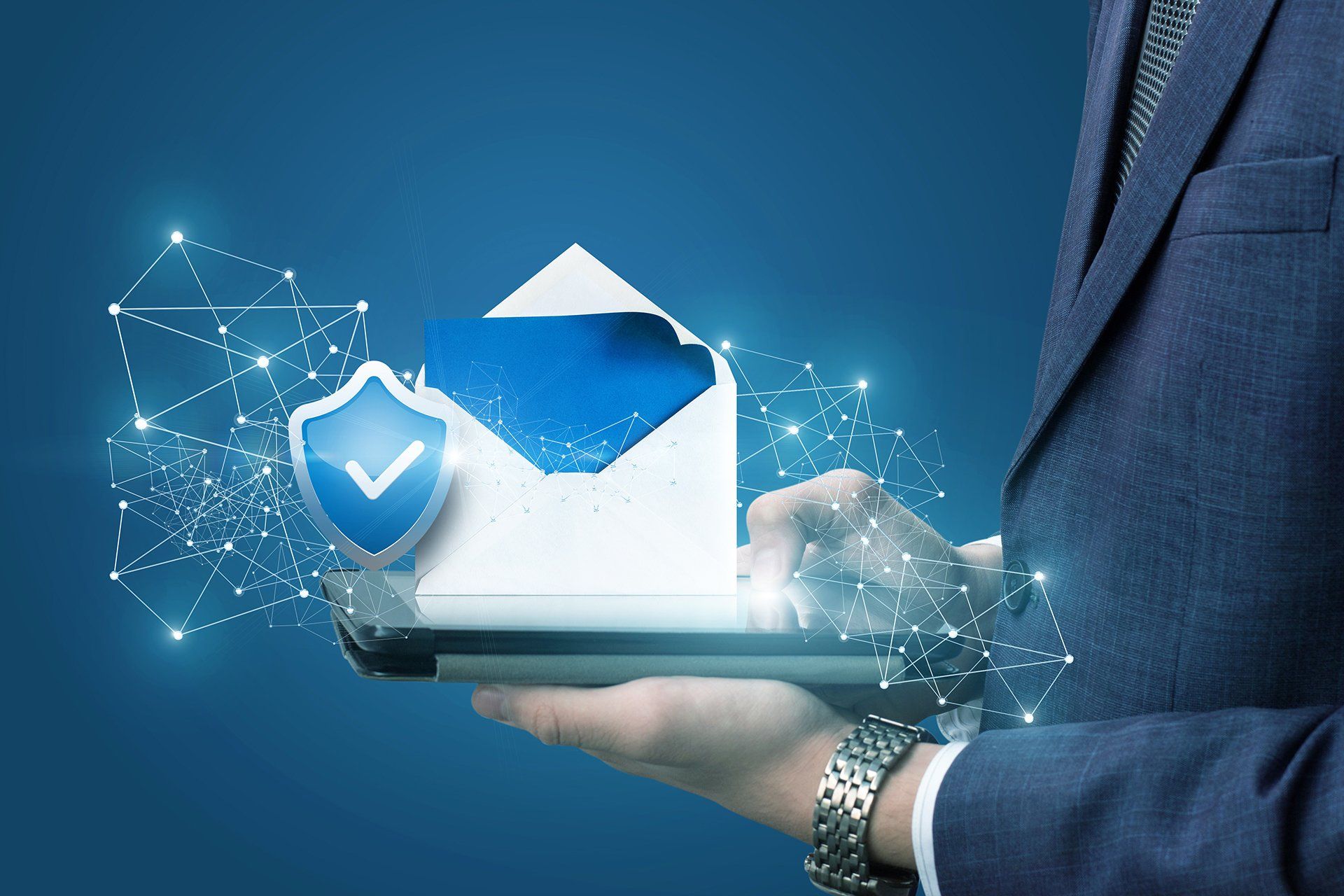Dealing with Cyberattacks | A Survival Guide for C-Levels & IT Owners
While organizational leaders and IT owners keep a watchful eye on emerging threats and trends from the previous year, much of their cybersecurity strategy will need to be founded on how well their businesses can respond to an attack. While the risk of cyberattacks is an undeniable reality, cyber preparedness can significantly differentiate successful businesses from those struggling to manage after a cyber event.
In particular, Chief Information Security Officers (CISOs) will be building plans to ensure a quick and effective return to normal operations in the face of attack. This post covers how to evaluate the business’s current cyber preparedness, how to plan for a cyberattack and what to do after an attack has occurred. It offers guidelines on the key elements CISOs and IT leaders will need to focus on as they bolster their defense strategies in light of the current threat landscape.
The Increasing Threat of Cyberattacks to Businesses
All sectors in the last few years have grappled with the threat of cyberattacks. Healthcare, education, government, and critical infrastructure are among those that have taken the hardest hits. Targeting underprepared or poorly-funded victims has become a lucrative business model for malicious threat groups and opportunistic actors.
Modern adversaries do not discriminate targets by size or sector; consequences from one attack can affect the organization and its vendors and providers. The last 12 months have seen little respite in the wave of ransomware attacks and data breaches even as the Biden-Harris Administration’s Executive Order on Improving the Nation’s Cybersecurity and official Shields Up campaign have raised awareness of the severity of the threats facing businesses.
From an insurance standpoint, the cost to remediate attacks has increased, spiking the price of cyber insurance premiums. Insurance carriers recognizing the risk from attack have subsequently adjusted their requirements for security.
In such an environment, it makes sense for businesses to prepare for the possibility of a compromise or cyber attack. An effective incident response plan that has been openly communicated and tailored to the needs of the business increases the organization’s chances of recovery and rapid return to normal operations.



Sedona Technologies®
600 35th Avenue
Moline, IL 61265
1.877.854.3548
Sedona Technologies Services
Dealer Solutions
All Rights Reserved | Sedona Technologies®
Quality Assurance | Privacy & Security | Terms of Use | California Consumer Privacy Act (CCPA) Applicant Notice
Sedona Technologies is a member of The Sedona Group® of Companies



